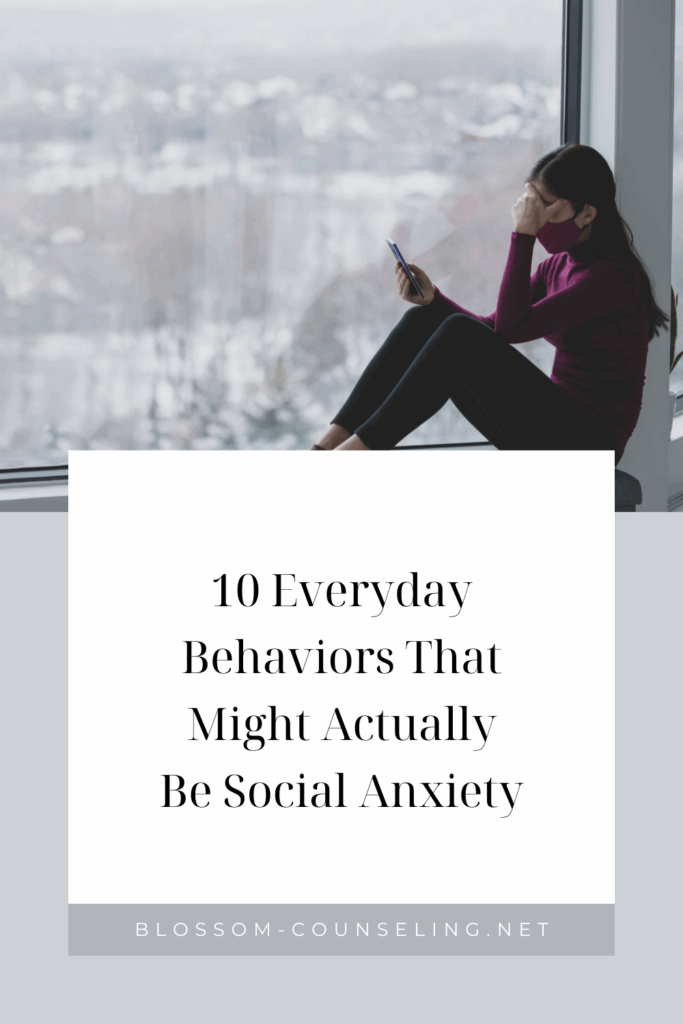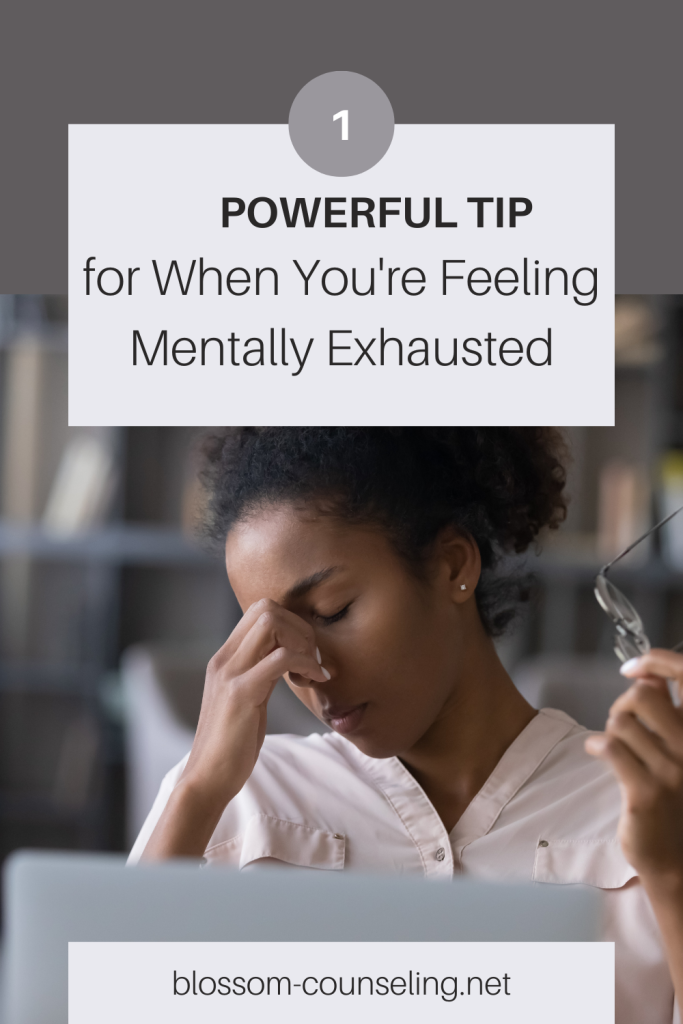Anxiety is sneaky. It doesn’t always show up as a racing heart or sweaty palms. Sometimes, it hides behind behaviors that seem unrelated. Deflection is one such behavior—when we shift focus away from our anxiety to avoid dealing with it head-on. The tricky part? Many of us deflect without even realizing it.
What Is Anxiety Deflection?
Deflection is like emotional sleight of hand. It’s when we redirect attention away from something uncomfortable, like anxiety, by focusing on something else. This might look harmless—or even productive—but it often leaves the root of the issue unaddressed. Over time, these habits can create a cycle of avoidance that keeps anxiety in the driver’s seat.
The Everyday Signs You’re Deflecting
1. You Overload Your Schedule
Staying busy might feel like a badge of honor, but constantly filling your calendar can be a way of avoiding quiet moments where anxiety might bubble up. If you can’t remember the last time you had a truly restful day, your busyness might be a mask for discomfort.
2. You Hyper-Focus on Others
Are you the go-to advice giver in your friend group? Or maybe you’re always checking in on others but rarely share your own struggles. Helping people can be wonderful, but sometimes, it’s a way to sidestep dealing with our own emotions.
3. You Downplay Your Feelings
How often do you say, “I’m fine,” when you’re really not? Minimizing your own experiences (“It’s not a big deal,” “Other people have it worse”) can be a subtle way of pushing anxiety aside instead of addressing it.
4. You Engage in Perfectionism
Chasing perfection can feel like a way to gain control, but it’s often anxiety in disguise. If you spend hours reworking small details or feel paralyzed by the thought of making a mistake, your anxiety might be running the show.
5. You Use Humor as a Shield
Do you crack jokes when things get serious? Humor is a great coping mechanism, but if you’re always deflecting tough conversations or feelings with a laugh, it could signal discomfort with vulnerability.
6. You Seek Distractions
Whether it’s endlessly scrolling social media, binge-watching TV, or throwing yourself into a new hobby, distractions can help us escape. But when they’re used to avoid addressing what’s really bothering us, they can reinforce the anxiety they’re meant to mask.
Why Deflection Feels Safe (But Isn’t Always Helpful)
Deflection serves as a temporary escape, offering relief from the discomfort of facing anxiety. The problem? It doesn’t resolve the underlying issue. Think of it like sweeping dust under the rug—it’s still there, even if you can’t see it. Over time, this avoidance can make anxiety feel even more overwhelming when it inevitably resurfaces.
How to Recognize and Shift the Pattern
Self-awareness is key. Start by noticing when you might be deflecting. Ask yourself:
- Am I avoiding something uncomfortable right now?
- What emotions might I be trying to escape?
- Is this behavior helping me, or is it just delaying the inevitable?
Once you’ve identified the pattern, small steps can make a big difference. Creating space to reflect—whether through journaling, therapy, or mindfulness—can help you address anxiety directly rather than sidestepping it.
Remember, deflecting doesn’t make you weak or flawed—it’s just one of the many ways humans cope with big feelings. Recognizing it is the first step toward giving your anxiety the attention it needs.




